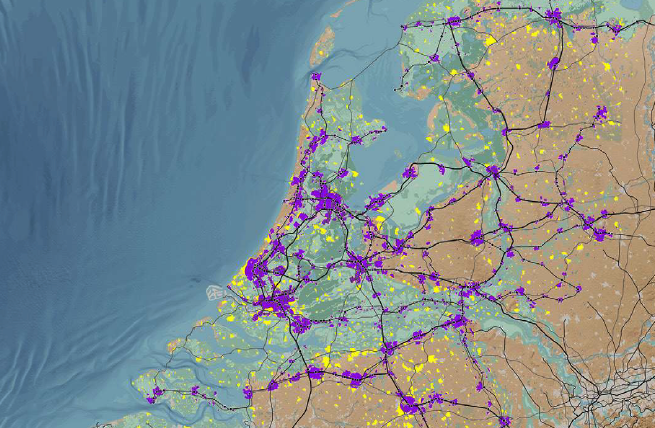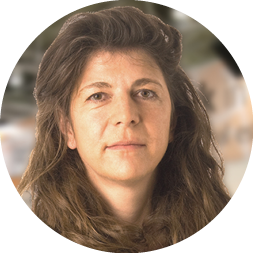HPP Online Meeting about ‘the urban integration of stations locations’
General news, HPP-PUBLIC

On Thursday, 10 September, Paul Gerretsen (Vereniging Deltametropool), Jeroen de Willigen (De Zwarte Hond), Jeroen Diepemaat (Wethouder Enschede) and Ute Schneider (partner at KCAP Architects&Planners) met for the 2nd online-webinar regarding the role of the station precinct within city development. Ute Schneider (key speaker of the 1st webinar held on 28th of May 2020) introduced and moderated the three speakers. Each of them addressed different scales while presenting their work and experience on and around the topic (read the full report in pdf here).
‘’Station precincts are the vestibule and living room of their city and define their cities’ position in a polycentric regional and national network.
Therefore we need to carefully plan and curate their embedding in their urban as well as regional context. Constantly negotiating the relationship between accessibility, mobility, and services that need to go along with a high sojourn quality that attracts passengers and visitors to come and stay, meet others, and enjoy themselves.”
The participants pointed out the importance of stations as business cards of their respective cities, offering opportunities not only for the urban development but also in a wider regional and national context, becoming an “attractive destination” on itself (Paul Gerretsen, Vereniging Deltametropool). We should be looking beyond the station’s perimeter because a station precinct can reconnect the adjacent neighbouring city districts. There is a need to improve the sense of place of stations and offer a high sojourn quality for a better user experience (Jeroen de Willigen, De Zwarte Hond). Enschede is an example of how a new entrance to the station connects different parts of the city to the platforms and leads eventually to a better urban development (Jeroen Diepemaat, Wethouder Enschede). There are different levels to be addressed and especially how the red line of the stations’ perimeter and the public realm react to the wider city context.
A station can be per se a ‘connector’ as it should be the vestibule of the city as a whole, especially today where cities evolve around their station precincts, and these are becoming ‘places to be’ (Ute Schneider, KCAP Architects&Planners). The collaboration of the different offices and stakeholders is already showing results with better sojourn quality of these stations and a broad acceptance from the citizens.

Ute Schneider
KCAP Architects&Planners.